10 Smartphones with Best Night Photography
While many smartphones offer night photography features, only a select few truly excel in this domain. Typically, the best night mode functionalities are found in smartphones equipped with top-tier camera systems. Armed with an array of supportive features, these smartphones can capture remarkable photos even in challenging low-light conditions, like nighttime.
The concept of "night mode" can be a bit intricate, as it encompasses various technical aspects. Fundamentally, night mode leverages artificial intelligence (AI) and takes into account several factors such as ambient light, device stability, and movement of the subject being captured.
In this article, we will delve into smartphones that stand out for their night mode features. This analysis can serve as a guide for those considering a purchase of a smartphone renowned for its night photography capabilities. Note: The phones are ranked based on their DxOMark camera test scores and further discussions.
Eager to discover which phones excel in night mode photography? Browse through the list below and read on for an in-depth look at each device.
1. Huawei P60 Pro

The Huawei P60 Pro is a shining example of Huawei's commitment to advanced camera technology. One of its standout features is the variable aperture (or diaphragm), which enables the adjustment of the lens opening for the primary camera.
By tweaking the lens aperture based on surrounding light conditions, this feature ensures optimal light capture. This translates to images that remain well-lit, even when taken during dimly lit nights.
DxOMark has rated the Huawei P60 Pro as the front-runner in low-light and night mode photography. Its overall camera capabilities received an impressive score of 156 points, with its low-light performance securing a remarkable 132 points.
The crown jewel of the Huawei P60 Pro's camera suite is its 48 MP primary camera. It possesses an aperture range of f/1.8 to f/4.0, enhanced by PDAF and OIS for sharper shots. Complementing this is a 48 MP telephoto lens with an f/2.1 aperture, facilitated by PDAF and sensor-shift OIS, offering up to 3.5x optical zoom.
Rounding off the camera setup is a 13 MP ultrawide lens with an aperture of f/2.2. Beyond stills, the Huawei P60 Pro is a powerhouse for videography as well. It supports 4K video recording at 30 fps, with gyro-EIS (Electronic Image Stabilization) ensuring smooth, shake-free footage.
2. OPPO Find X6 Pro

The OPPO Find X6 Pro positions its camera capabilities at the forefront of its appeal. This device has got three flagship-standard cameras, each delivering a resolution of 50 MP. This impressive trio includes the main camera, ultrawide, and a standout telephoto periscope lens.
The primary camera of the Find X6 Pro utilizes a 1-inch Sony IMX989 sensor with an f/1.8 aperture. Additionally, its ultrawide lens features a 1/1.56-inch Sony IMX890 sensor with an f/2.2 aperture. Completing the set is the telephoto periscope lens with an f/2.6 aperture, offering up to 2.8x optical zoom.
A unique feature across these lenses is the incorporation of multi-directional PDAF and OIS for enhanced stabilization.
The Find X6 Pro is adept at capturing quality images across varied conditions, including challenging low-light scenarios at nighttime. This prowess stems from its collaboration with the esteemed camera manufacturer, Hasselblad.
DxOMark acknowledges the Find X6 Pro's low-light capabilities, ranking it at the pinnacle. The device earned an overall camera score of 153 points, with its low-light shooting prowess specifically fetching 132 points.
3. HUAWEI Mate 60 Pro+

HUAWEI mobile phones consistently rank among the best for camera quality, and the HUAWEI Mate 60 Pro+, released in China in September 2023, is no exception.
As the top variant in its series, the HUAWEI Mate 60 Pro+ scored an impressive 131 points in low light photography according to DxOMark. This phone is known for producing minimal noise in night shooting conditions.
Reviewing the photo samples on DxOMark, it's clear that noise is almost imperceptible. This low level of noise even surpasses that of the iPhone 15 Pro Max, which still displays noticeable noise upon zooming in.
However, video recordings at night with the HUAWEI Mate 60 Pro+ tend to have a slight greenish tint in darker areas. In terms of color accuracy for video, it falls short compared to the iPhone 15 Pro Max.
Despite this, the phone's camera excels in providing correct exposure for the subject's face in low-light video recordings. The lighting on the face strikes a balance, not appearing too dark like on the HUAWEI P60 Pro, nor too bright like on the iPhone 15 Pro Max.
4. iPhone 15 Pro Max

As the premium model in the iPhone 15 series, this phone excels in night photography. DxOMark has given it a score of 127 for low light performance, based on tests conducted with photos and videos in lighting conditions below 100 lux.
In comparison to the HUAWEI Mate 60 Pro+, nighttime photos taken with the iPhone 15 Pro Max tend to show more noticeable noise. To minimize this noise, the phone automatically shifts to a 12 MP image mode for night shots instead of the full 24 MP. Despite this, the noise remains somewhat evident.
Where the iPhone 15 Pro Max really stands out is in its nighttime video recording capabilities, surpassing most of its rivals. Videos captured at night exhibit pleasing exposure, natural colors, and sharp detail.
Being an iPhone, the stabilization feature for night videos is exceptionally effective. The iPhone 15 Pro Max also includes a Cinematic Mode for recording videos. This mode allows for alternating focus between the subject and background, creating an aesthetically pleasing effect reminiscent of Hollywood movies.
5. Honor Magic5 Pro
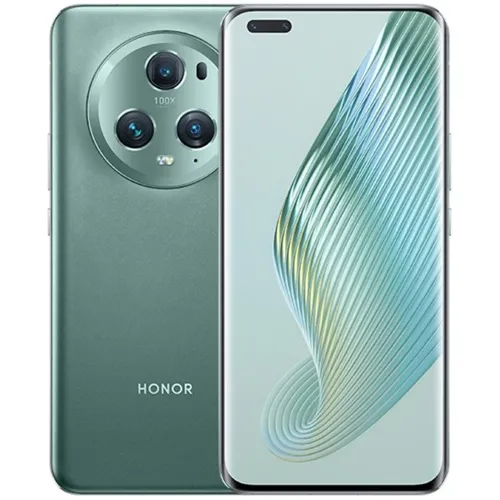
The Honor Magic5 Pro is not only renowned for its exceptional night mode performance, but it has also been named the top phone across all brands by DxOMark.
This Honor phone owns an overall camera score of 152 points, with its nighttime capability alone scoring 125 points. The device features a 50 MP primary camera equipped with a large 1/1.12-inch sensor, OIS, and autofocus.
Accompanying the main camera is a 50 MP ultrawide sensor with an f/2.0 aperture and a 122-degree field of view, perfect for capturing wide scenes with multiple subjects. Additionally, there's a 50 MP telephoto camera ideal for long-range photography, offering up to 3.5x optical zoom and OIS.
The Honor Magic5 Pro is also a strong contender for content creation, as its camera supports 4K video recording at 60 FPS.
DxOMark highlights several strengths of this phone's camera, including its impressive zoom capabilities, ability to capture detailed images with minimal noise, superb subject isolation in bokeh mode, and the capacity to turn night scenes into daylight-like clarity due to excellent exposure.
Given Huawei and Honor's history of launching flagships that often rank as the world's best camera phones, the Honor Magic5 Pro's acclaim comes as no surprise.
6. vivo X100 Pro
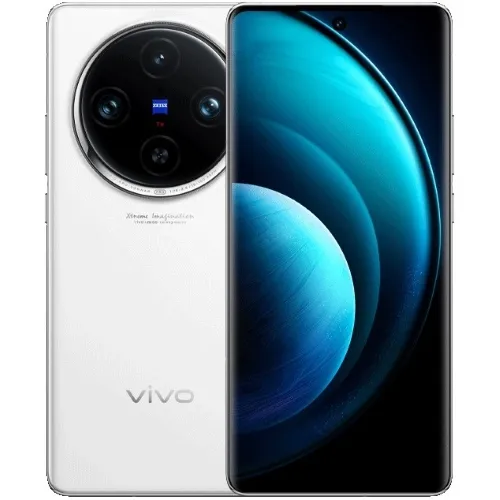
vivo X100 Pro has collaborated with ZEISS to fine tuned its camera to capture high-quality photos, especially in low light conditions. DxOMark awarded it 126 points for its performance in low-light photography.
This phone is equipped with a ZEISS T* Lens coating, which effectively reduces light reflection intensity and frequency. While it excels in capturing detailed night photos with controlled noise levels, it sometimes produces slightly underexposed subjects.
In comparison to the iPhone 15 Pro Max, the vivo X100 Pro's night photos offer high contrast, though its dynamic range isn't as broad.
However, this phone really shines in telephoto zoom. It captures highly detailed images with low noise, surpassing the iPhone 15 Pro Max, which tends to show less detail and more noise.
The vivo X100 Pro also excels in video recording at night as it can maintain sharp details and producing vibrant color reproduction.
Overall, the vivo X100 Pro is an excellent choice for capturing long-distance night shots, whether it's at a concert or viewing a street scene from afar.
7. iPhone 15 Pro
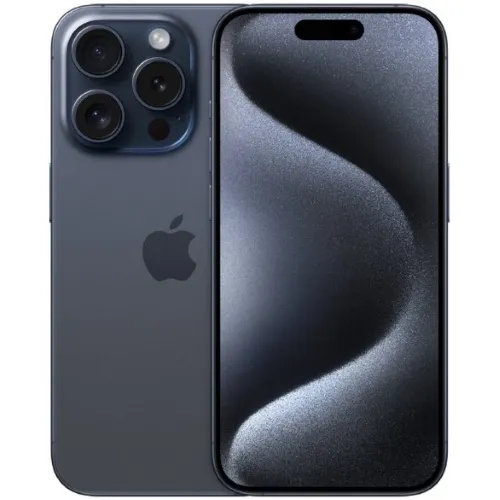
The three of rear cameras in iPhone 15 Pro is engineered to deliver top-notch photography and video recording experiences, especially in low-light conditions. DxOMark awarded the iPhone 15 Pro a score of 125 for its low-light performance.
Similar to the Pro Max variant, this model faces challenges with night photos, mainly visible noise. However, this noise only becomes apparent upon zooming into the image.
What sets the iPhone 15 Pro's night photography apart is its exceptional light exposure. While many other phones struggle to capture details in dark areas, leaving them pitch black, the iPhone 15 Pro succeeds in revealing clear details and balanced exposure.
The phone is also highly commended for its video stabilization, which significantly minimizes shaking during recording, whether you're stationary or moving. It excels in capturing natural skin tones and vibrant colors in videos.
Additionally, the iPhone 15 Pro comes equipped with the same Cinematic Mode found in the Pro Max model. This feature allows the device to be used for professional video projects like wedding documentation, advertising campaigns, and short films.
8. OPPO Find X6
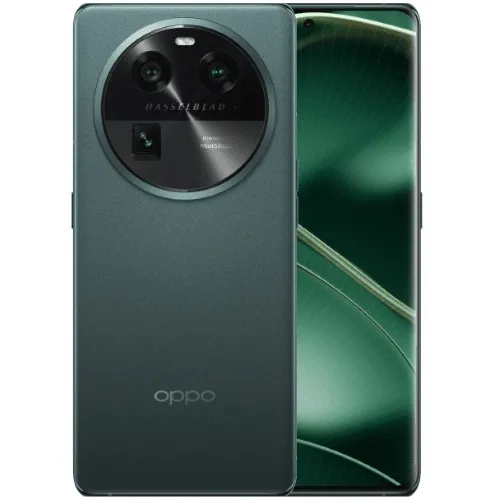
OPPO Find X6 stands out for having all three of its rear cameras match the quality of a main camera, a feature that sets it apart from most other phones which typically have just one primary camera.
Each of these three sensors on the back boasts a 50 MP resolution, serving wide-angle, periscope telephoto, and ultrawide functions. The phone also supports up to 2.8x optical zoom. Both the wide-angle and telephoto cameras are equipped with OIS image stabilization, and all three support autofocus.
OPPO has integrated Hasselblad technology into its camera system, enhancing the natural and aesthetic quality of photos. For video recording, the OPPO Find X6 maxes out at 4K 60 FPS resolution, not yet supporting 8K like the Samsung Galaxy S24 Ultra.
In low-light performance, the OPPO Find X6 scored 123 points in DxOMark's assessment. Its camera's main strengths are its ability to produce a smooth bokeh effect and reduce noise in images.
DxOMark notes that the OPPO Find X6 delivers excellent image quality in low-light conditions, with effective light exposure that preserves the beauty of nighttime scenes.
Compared to the vivo X90 Pro, which tends to overexpose and show orange hues, the OPPO Find X6 consistently produces more realistic and natural night photos. Its nighttime photography is comparable to that of the iPhone 14 Pro, as both capture well-exposed images with appealing colors.
9. Google Pixel 8 Pro
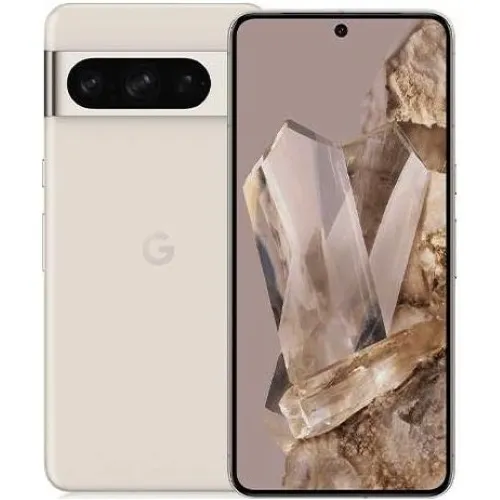
Google Pixel 8 Pro focuses on artificial intelligence (AI) capabilities, which significantly enhance its camera's performance, even in night-time photography. AI plays a crucial role in refining the quality of details and lighting in images.
This flagship device features a 50 MP main camera with an f/1.68 aperture and an OIS stabilizer. It also includes two 48 MP cameras for ultrawide and telephoto functions.
At night, the camera's performance is outstanding, as evidenced by its DxOMark score of 123 points. The Pixel 8 Pro excels in delivering vibrant colors in various lighting conditions, whether in photo shooting or video recording.
The phone is adept at producing accurate lighting exposure and natural color rendering. Compared to lower-priced phones, it maintains a lower noise level.
However, DxOMark notes that the phone loses some details in night shots, retaining less detail than competitors at similar price points.
When it comes to video recording, the Google Pixel 8 Pro offers fairly bright lighting with well-preserved details. Yet, it does have some downsides, including noticeable noise in video recordings and color reproduction that isn't the best in its class.
10. Huawei Mate 50 Pro
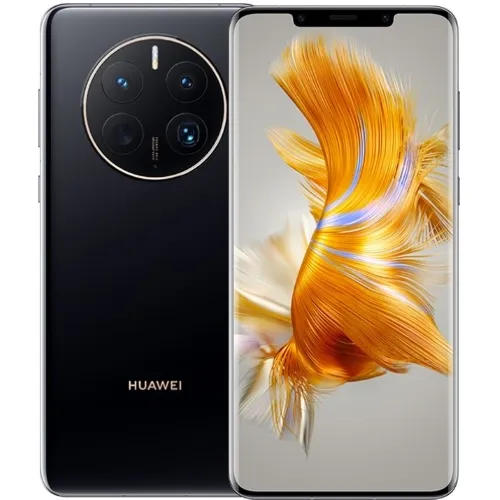
Huawei Mate 50 Pro's camera capabilities are beyond doubt. It has earned the top spot for the best rear camera in smartphones, according to DxOMark. Excelling in various aspects like photo quality, bokeh, zoom, video, and low-light performance, this phone is a versatile shooter.
In low-light conditions or even at night, the Huawei Mate 50 Pro's camera continues to impress. It captures sharp details with a dynamic range, and even zoomed-in shots maintain clarity with minimal noise.
DxOMark's review awarded the Huawei Mate 50 Pro the highest score of 122 in low light, highlighting its exceptional ability to capture photos and videos under challenging lighting conditions.
The Huawei Mate 50 Pro is equipped with a 50 MP main camera featuring an adjustable aperture from f/1.4 to f/4.0. Additionally, there's a 64 MP telephoto periscope camera with an f/3.5 aperture and 3.5x optical zoom. Both cameras come with PDAF and OIS, contributing to their clear image quality in low light.
Complementing these is a 13 MP (f/2.2) ultrawide camera with a 120-degree field of view. For video, this phone supports 4K quality at 60 fps, enhanced further by HDR and gyro-EIS.
This overview covers some of the best night mode smartphones according to DxOMark. To enjoy these advanced camera features, be prepared to invest a significant amount, as all these flagship products come with a hefty price tag.
